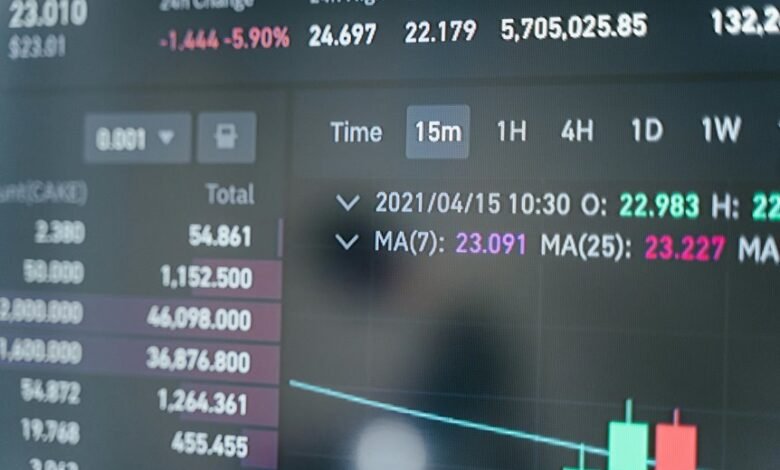The Caller You Can’t Ignore: 2052104145

The number 205-210-4145 has emerged as a significant source of unwanted calls, alarming many consumers. Its frequent association with telemarketing and potential scams raises questions about the identity of the caller. Recipients report feelings of frustration and anxiety over these persistent disruptions. Understanding the origins of such calls and the methods employed could reveal crucial insights. What lies behind this enigmatic number?
The Rise of Unwanted Calls
As the prevalence of mobile phones has surged, so too has the volume of unwanted calls, raising significant concerns among consumers and regulators alike.
Unwanted telemarketing has become a pervasive issue, often blurring the lines between legitimate marketing and deceptive practices. This surge has facilitated an increase in phone fraud, leaving individuals vulnerable and demanding immediate attention from lawmakers to protect consumer rights.
Who Is Behind 205-210-4145?
The number 205-210-4145 has garnered attention as a source of unwanted calls, raising questions about the identity of those responsible for the disturbances.
Investigations into the caller identity reveal limited information, often pointing to potential spoofing or telemarketing tactics.
This phone number continues to elude definitive identification, contributing to the frustration of recipients seeking clarity and relief from incessant interruptions.
Identifying Potential Scams
Numerous reports indicate that calls from numbers like 205-210-4145 may be linked to potential scams.
Effective scam detection relies on caller verification methods to discern legitimate communication from fraudulent attempts. Users are encouraged to scrutinize unfamiliar numbers, as scammers often employ tactics designed to exploit trust.
Awareness of common red flags can empower individuals to protect their autonomy against deceptive practices.
Tips for Protecting Yourself From Spam Calls
How can individuals effectively shield themselves from the barrage of spam calls?
Implementing call blocking features on smartphones is essential, allowing users to easily filter unwanted numbers.
Additionally, adjusting privacy settings can help limit data exposure, reducing the likelihood of attracting spam.
Conclusion
The persistent barrage of calls from 205-210-4145 serves as a stark reminder of the broader issue of consumer vulnerability in an age of escalating telemarketing and scams. While the caller’s true identity remains obscured, it highlights the necessity for enhanced consumer awareness and legislative measures. As individuals adopt strategies to shield themselves from these intrusions, it becomes evident that collective action and vigilance are essential in the fight against deceptive practices that threaten personal security and peace of mind.




